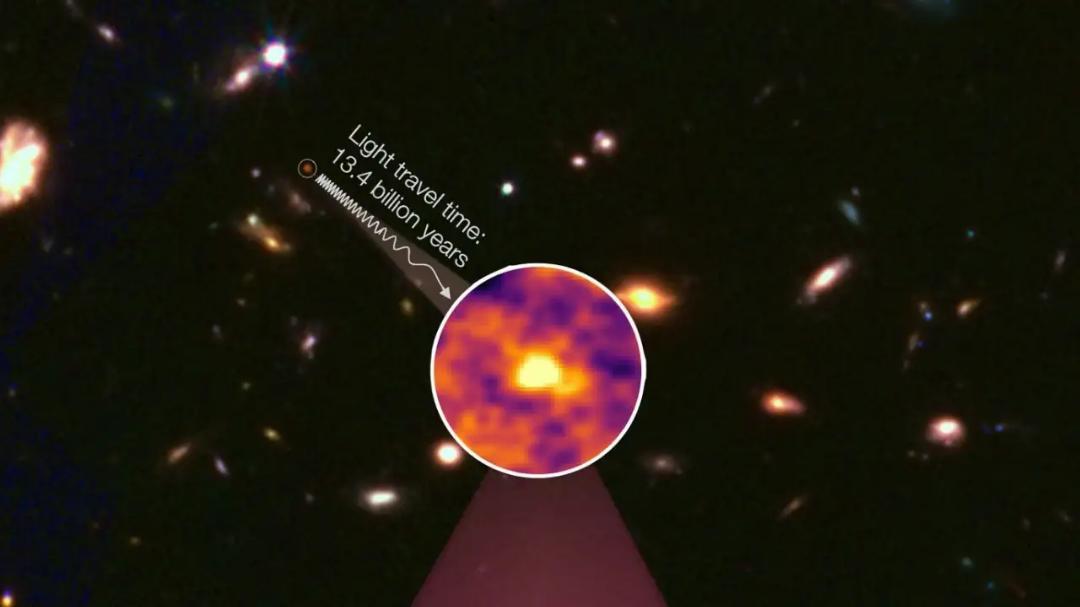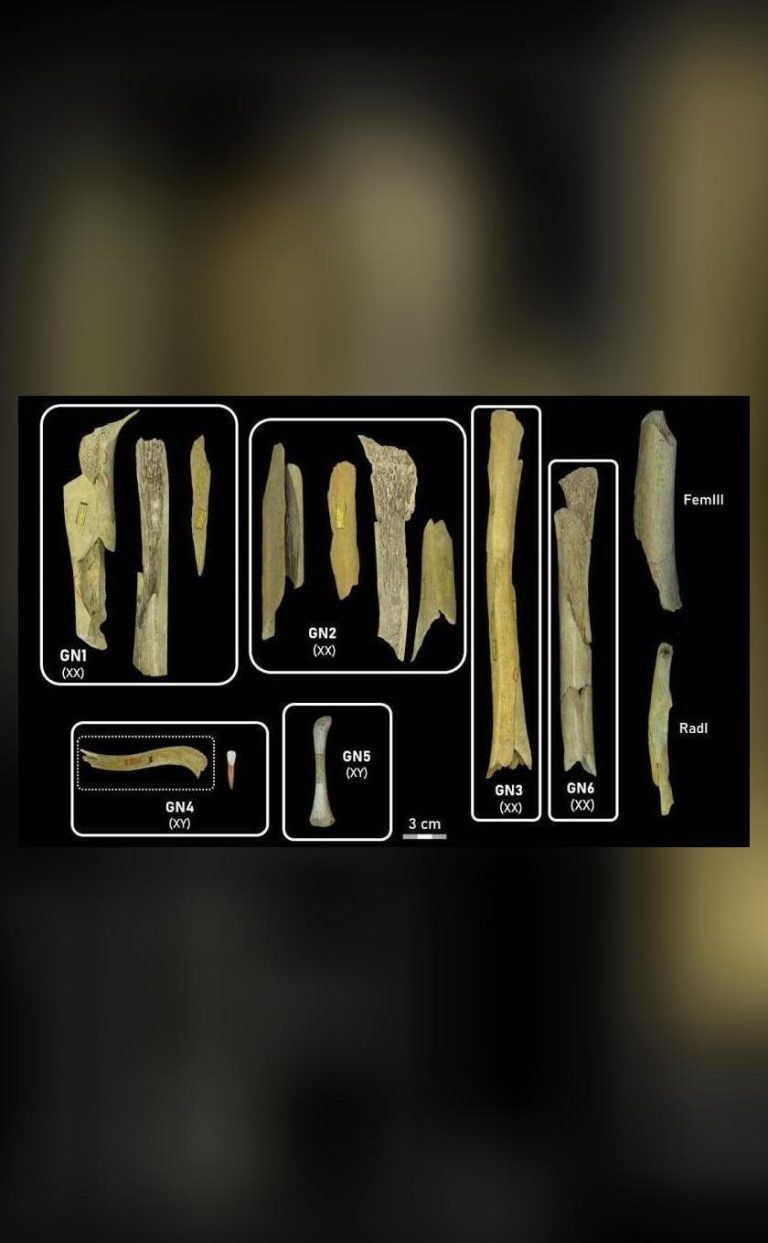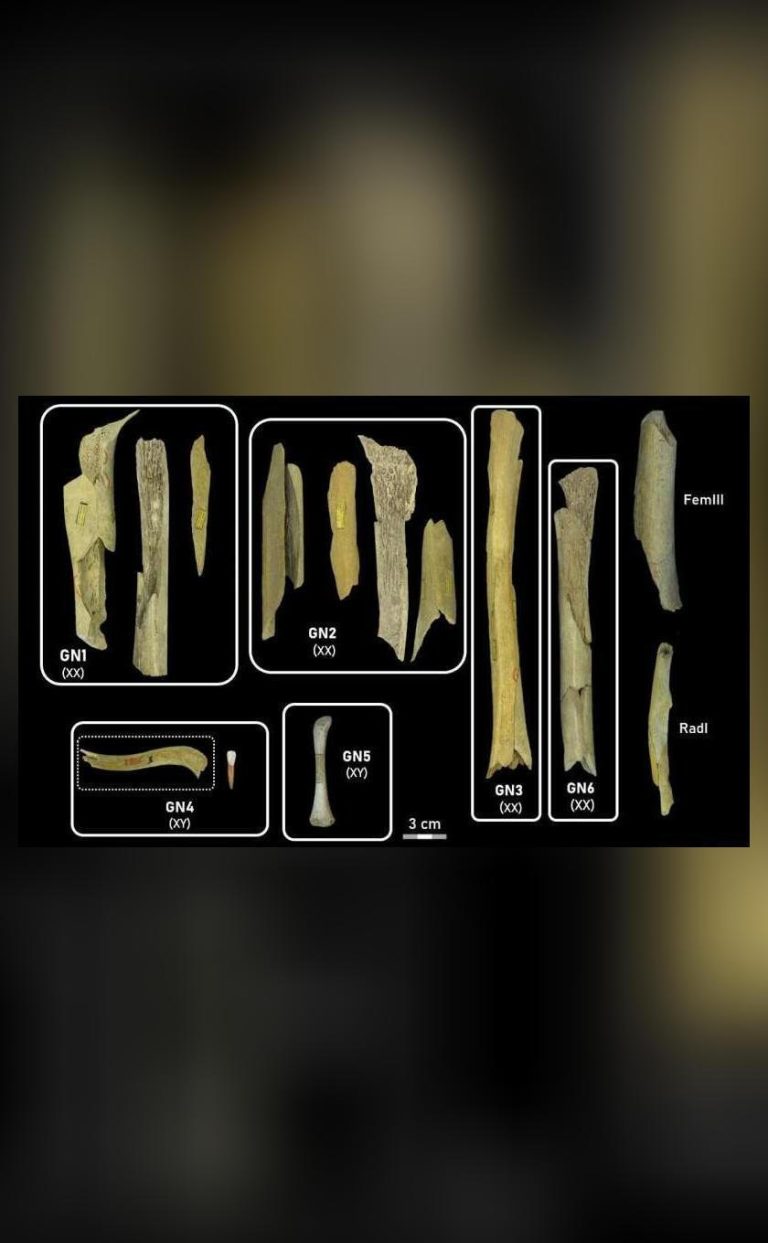
Most Distant Supermassive Black Hole Ever Seen Discovered
The universe is full of mysteries, and one of the most fascinating objects in it is the supermassive black hole. These massive voids are found at the center of many galaxies, including our own Milky Way, and play a crucial role in shaping the evolution of the universe. Recently, astronomers using the James Webb Space Telescope have made a groundbreaking discovery, finding the most distant supermassive black hole ever observed. This black hole is located inside the galaxy GHZ2, which is seen as it was a mere 350 million years after the Big Bang.
The discovery of this supermassive black hole is significant not only because of its distance but also because of the insights it provides into the early universe. The galaxy GHZ2 is a remarkable object, showing unusually bright emission lines that reveal unusually strong ionization. These signals suggest that the galaxy is experiencing powerful radiation from an active black hole, rather than normal star-forming activity. This is a crucial distinction, as it implies that the black hole is actively accreting material and emitting intense radiation, which can have a profound impact on the surrounding galaxy.
The James Webb Space Telescope, which was used to make this discovery, is a powerful tool for studying the universe. Its advanced instrumentation and sensitive detectors allow it to observe faint objects that are too distant or too small to be seen with other telescopes. In the case of GHZ2, the telescope was able to detect the faint signals emitted by the galaxy, which are a result of the ionization caused by the supermassive black hole. The data collected by the telescope suggest that the black hole is a behemoth, with a mass millions or even billions of times that of our sun.
The discovery of this supermassive black hole has important implications for our understanding of the early universe. It suggests that black holes can form and grow very quickly, even in the first few hundred million years after the Big Bang. This is a challenge to current models of black hole formation, which predict that these objects should take much longer to form and grow. The discovery also provides insights into the role of black holes in shaping the evolution of galaxies. By studying the radiation emitted by the black hole, astronomers can learn more about the surrounding galaxy and how it is affected by the black hole’s activity.
One of the most interesting aspects of this discovery is the implications it has for our understanding of the growth and evolution of supermassive black holes. The fact that this black hole is so massive and active at such an early stage in the universe’s history suggests that these objects can grow and evolve very rapidly. This challenges current models of black hole growth, which predict that these objects should take much longer to form and grow. The discovery also provides insights into the role of black holes in shaping the evolution of galaxies, and how they can affect the surrounding intergalactic medium.
The study of supermassive black holes like the one in GHZ2 is an active area of research, with many scientists working to understand the properties and behavior of these objects. By studying the radiation emitted by these black holes, astronomers can learn more about the surrounding galaxy and how it is affected by the black hole’s activity. This can provide insights into the growth and evolution of galaxies, as well as the role of black holes in shaping the universe as we see it today.
In addition to the James Webb Space Telescope, other telescopes and observatories are also being used to study supermassive black holes. The Event Horizon Telescope, for example, is a network of telescopes that work together to form a virtual Earth-sized telescope. This telescope has been used to study the black hole at the center of the Milky Way, as well as other supermassive black holes in distant galaxies. The data collected by these telescopes can provide insights into the properties and behavior of supermassive black holes, and can help scientists to better understand the role of these objects in the universe.
The discovery of the most distant supermassive black hole ever seen is a significant milestone in the study of the universe. It provides insights into the early universe and the role of black holes in shaping the evolution of galaxies. The data collected by the James Webb Space Telescope and other observatories can help scientists to better understand the properties and behavior of these objects, and can provide a glimpse into the early universe. As scientists continue to study this black hole and others like it, we can expect to learn more about the universe and its many mysteries.
In conclusion, the discovery of the most distant supermassive black hole ever seen is a groundbreaking finding that provides insights into the early universe and the role of black holes in shaping the evolution of galaxies. The James Webb Space Telescope has once again proven itself to be a powerful tool for studying the universe, and the data collected by this telescope can help scientists to better understand the properties and behavior of supermassive black holes. As we continue to explore the universe and study its many mysteries, we can expect to learn more about the role of black holes in shaping the cosmos.





